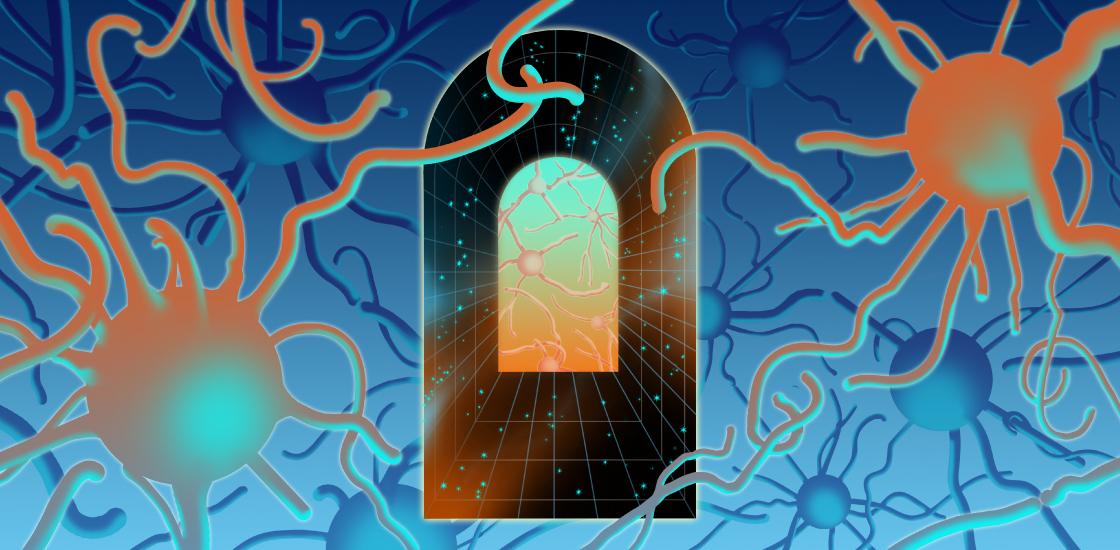Brain connectivity patterns in people with autism and other neuropsychiatric conditions are more closely related to genetics than to phenotypic traits, according to two new studies. The findings highlight why a single brain biomarker for autism has remained elusive, the researchers say.
The condition’s genetic heterogeneity has hampered the search for a shared brain signature: More than 100 genes have been identified as strongly linked to autism, and multiple copy number variations (CNVs) — deleted or duplicated stretches of genetic code — can increase a person’s likelihood of the condition.
Autism also often overlaps with other conditions, such as schizophrenia and attention-deficit/hyperactivity disorder (ADHD), making autism-specific markers difficult to disentangle. Common variants tied to autism overlap strongly with those linked to schizophrenia and high IQ, for example, whereas rare autism-linked variants track with low IQ.
According to the new papers, however, autism’s genetic heterogeneity corresponds to similarly disparate maps of ‘functional connectivity’ — a measure of which brain areas activate in sync while the brain is at rest.
“What we’re seeing is that these groups of variants have specific functional connectivity signatures,” says lead investigator Sébastien Jacquemont, associate professor of pediatrics at the University of Montreal in Canada.
The findings need to be replicated, says Aaron Alexander-Bloch, assistant professor of psychiatry at the University of Pennsylvania and the Children’s Hospital of Philadelphia, who was not involved in the work, but they point to the importance of subgrouping study participants based on their underlying genetics.
“When you parse developmental disorders by their genetic underpinnings from the get-go, rather than from the phenotypic perspective, the effects you see may be quite a bit stronger,” he says.
J
acquemont and his colleagues analyzed data from nine functional MRI databases, including the UK Biobank and both collections from the Autism Brain Imaging Data Exchange (ABIDE), totaling 32,726 brain scans. Among the participants in the two new studies, 1,003 have CNVs related to autism or other neuropsychiatric conditions, and 1,022 have either autism, schizophrenia, bipolar disorder or ADHD of unknown genetic basis. For participants whose genetic data was available, the team computed their polygenic risk scores associated with the conditions or with low IQ.Functional connectivity maps from people with a CNV; a diagnosis of autism, schizophrenia or bipolar disorder; or a polygenic risk score linked to a neuropsychiatric condition or to low IQ differed significantly from those from controls, Jacquemont and his colleagues found.
The team then evaluated how closely the connectivity maps from people with different conditions and traits correlated with one another and compared those correlations to known genetic correlations between those conditions and traits.
A measure such as functional connectivity is fairly far removed from genetics, Jacquemont says, but the connectivity maps recapitulated the genetic relationships between idiopathic autism, schizophrenia and measured traits such as IQ.
“We were excited and sort of shocked,” he says.
Large CNVs, such as 22q11.2 deletions or duplications, had stronger effects on functional connectivity than did their smaller counterparts, the team found in the first study. But the effects of large CNVs were not as strong as expected — possibly because as a CNV region grows in size, the likelihood that the genes within the region have opposing effects on brain connectivity increases.
“In the end, a lot of them cancel each other out,” Jacquemont says.
The effect of polygenic risk scores on functional connectivity, on the other hand, was low, reflecting the heterogeneity of genetic variants that contribute to the score, the team says.
The brain connectivity maps did show some similarities among people with different neuropsychiatric conditions and people carrying a CNV related to those conditions — including an increase in connectivity between the thalamus and sensory-motor areas of the brain and a decrease in connectivity among visual areas. That overlap was strongest for conditions that are highly genetically correlated with each other, Jacquemont and his colleagues found in the second study.
One set of findings was published this month in Biological Psychiatry, and the other was published this month in Brain.
T
he increase in connectivity in brain areas associated with sensory-motor function points to the importance of these traits in autism, says study investigator Clara Moreau, a postdoctoral researcher in the Human Genetics and Cognitive Functions unit at the Institut Pasteur in Paris, France. Studying these traits further could add a useful dimension to how autism is characterized, she says.The results also validate the use of functional connectivity as a relevant and informative measure when studying autism and other related conditions, Moreau says.
Functional connectivity, it seems, “is another dimension showing variation” among people with autism, says Santhosh Girirajan, associate professor of genomics at Pennsylvania State University, who was not involved in the work. “The heterogeneity [of autism] is pervasive. There’s no way you can escape this.”
Collecting longer periods of resting-state functional MRI scans, and from different genetic groups, could be one way to gain more information about potential areas of convergence, Alexander-Bloch says. But it will also be important for future studies to investigate intermediate levels of biology, including molecular mechanisms, to bridge the gap between autism’s genetics and behavioral traits.
“As more people take this combined imaging-genetics framework to study psychiatric disorders, we’ll learn more and more,” he says.






